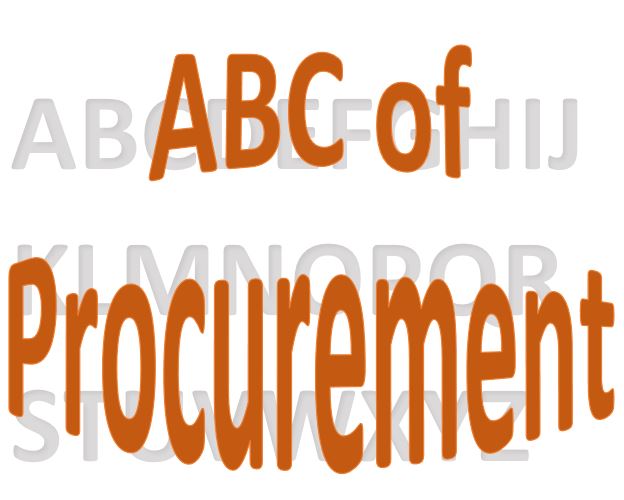It is not only how much we initially spend, but as well what happens during the lifetime of the asset.
This is a real example. I got a task to procure new vans for the company. And I did what everyone would do. Collected specifications, reached out to a couple of vendors. Got the prices, negotiated with the best two. Made a nice sheet and sent it out to the General Manager.
He had a finance background. And some earlier experience with vehicle procurement. So, he went back with one question:
” Which option has the lowest TCO”
I had no idea.
What is the Total Cost of Ownership, and why is it so important? In short, it describes all expenses that happen to make the item doing whatever it is procured to do. Until the moment we dispose it of. Even then it influences the TCO, as we will either sell it as scrap or for spare parts. Or maybe it will still run, and we can sell it in the market.
Back to the case. Here the TCO needed to include:
- Purchase price
This is how much we pay to acquire the item.
- Financing cost, if the vehicle is procured using leasing or loan
While this does not affect our immediate cash flow, it does influence the TCO.
- Annual registration and insurance
This is a cost that we have anyhow for any vehicle, so why the trouble? In many countries, the engine type and size determine the cost of insurance and registration. So does the value of the vehicle. So we need to know.
- Fuel
Why this now? Different vehicles have different consumption. What do you think is paying 80,000 USD for a vehicle that consumes 15 litres/100 kilometres better than a 100,000 USD vehicle that consumes 6 litres/100 kilometres? Do the math, you may be surprised.
- Oil
Different vehicles have different standards when it comes to oil brand and change intervals. A small difference, but let’s be precise.
- Tires
Again, this is not a huge difference. Some vehicles have quite a strange tire specification, which may result in high prices. Better to check than regret later, isn’t it?
- Service cost, assuming we do it as per the manufacturers’ recommendation, and service is done in the manufacturers’ garage
Some manufacturers charge high. Some have very short service intervals. And some manufacturers will cover a lot of consumables and small spare parts on the warranty. Worth checking out before you make your decision.
- The sales price at the end of the scheduled usage period. This will decrease the TCO
Some vehicles have good resale value even when they are old and have a decent mileage under the hood. Here in the UAE, the Lexus, for example. Back home, it is the Volkswagen Golf. I never understood why, but this is the fact. Try to find ads for a similar model, of the age and mileage you plan to scrap the vehicle. Assume that half of your fleet will not be repairable at the time your usage period is over.
For all vehicles we took the same estimation: we will keep them for 5 years, and they will do annually 50,000 kilometres.
Here in the UAE, European vehicles are quite cheap. But maintenance and spare parts are expensive. Plus, the service intervals are shorter, probably as the vehicles are not originally designed for this harsh climate.
You can guess, the cheapest option did not have the lowest TCO.
In hygiene, you can find simpler, but similar examples. It is the game suppliers play with free dispensers and a higher product price. Or a bit less quantity in the pack for a lower price.
You can try this out for your large personal purchases as well. Soon enough, using this way of thinking, you will figure out how you get something for free. And you will start buying what is less expensive in the long run, not what has a lower price tag.



Pingback: What is Procurement Excellence - ABC of Procurement
Pingback: 3 ways procurement looks at the cost - ABC of Procurement